Long Live The Queen – Sonoma Model One (M1) Headphone System Review
Sonoma Model One is a headphone system, running as a complete all-in-one system, with a Headphone, a Headphone Amplifier, and a DAC integrated, all at the price of 5000 GBP or Great Britain Pounds. This is about 5000 USD, and it is a proper flagship, so it will get compared to the best flagship setups I reviewed on Audiophile Heaven, like Mytek Brooklyn DAC+ powering HIFIMAN He6SE, M2 Tech Young MK III to Wells Milo, both powering Kennerton Thror, iBasso DX220, using the AMP 7, powering Rosson RAD-0, and Aune S6 PRO, powering Audio-GD Master 19, powering Audeze LCD-Mx4.
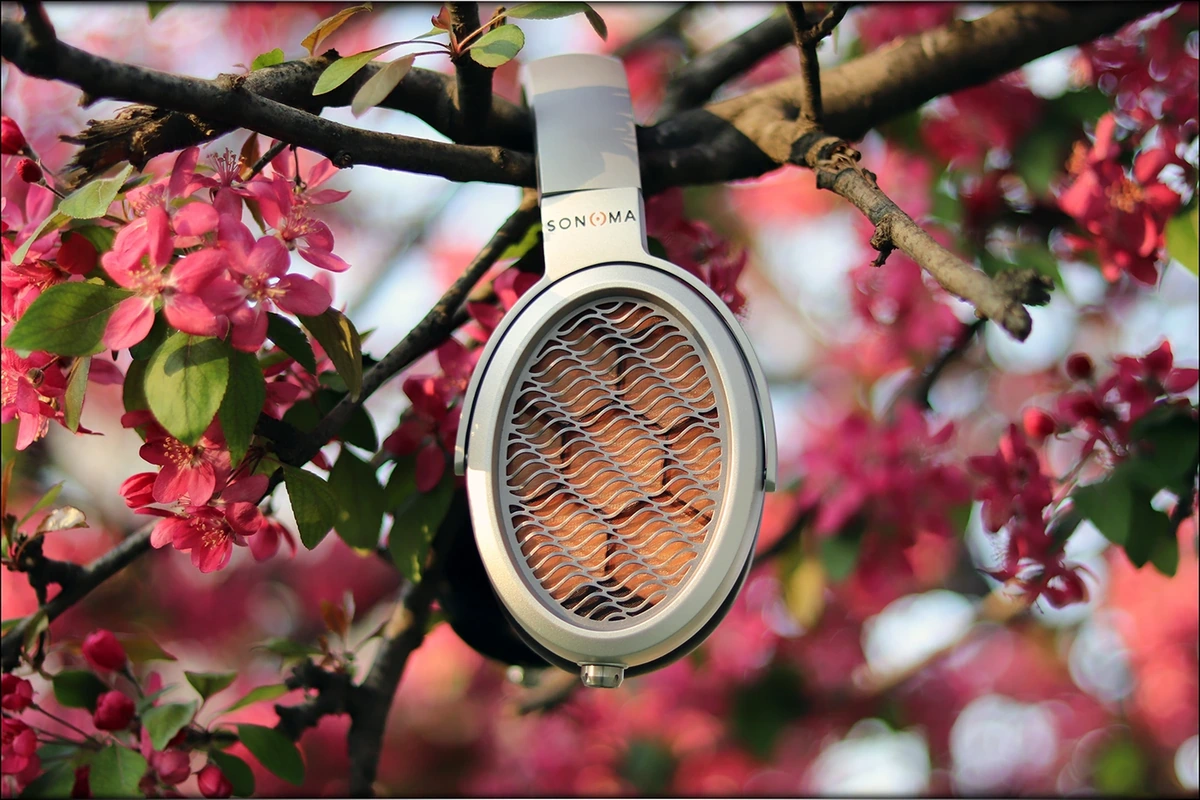
Introduction
Warwick Acoustics is an engineering company based in the UK, who devoted their entire existence to refining electrostatic systems, implementing DAC, amplifiers, energisers, and making some of the best electrostatic headphones there are. Many companies tried, but even more failed to make a proper electrostatic headphone that is really usable, because it is very hard to provide the proper build quality and design for electrostatic systems. Warwick acoustics has many english-speaking representatives, they are very talkative and helpful, and you can rely on them to provide some of the best service if you’ll ever need it. Their products are made well, especially the DAC/Amp, but if you’ll ever need help with your Model One, or even Aperio, I bet that they will answer quickly and get things solved in the most pleasing manner possible.
It should be noted that I have absolutely no affiliation with Warwick Acoustics, I am not receiving any incentive for this review or to sweeten things out. I’d like to thank Warwick Acoustics for providing the sample for this review. Every opinion expressed is mine and I stand by it, the purpose of this review is to help those interested in Sonoma Model One find their next music companion.
Packaging
First things first, let’s get the packaging out of the way:
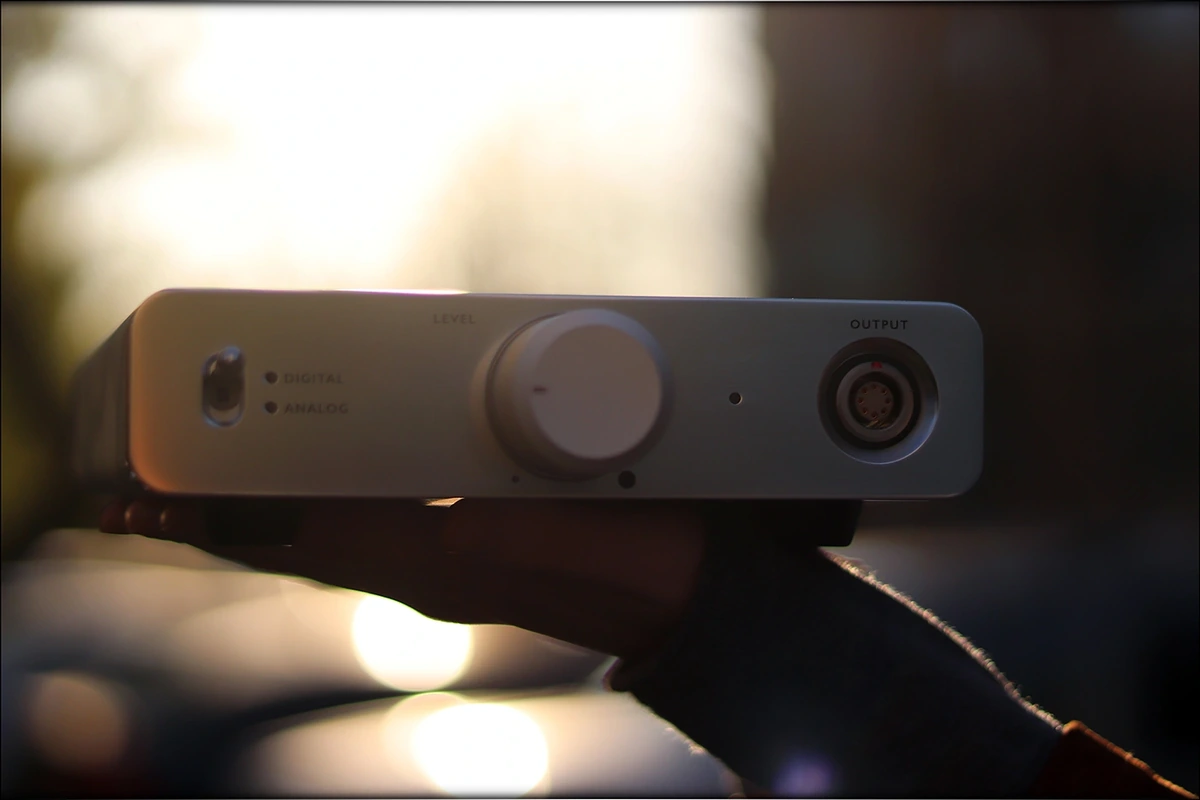
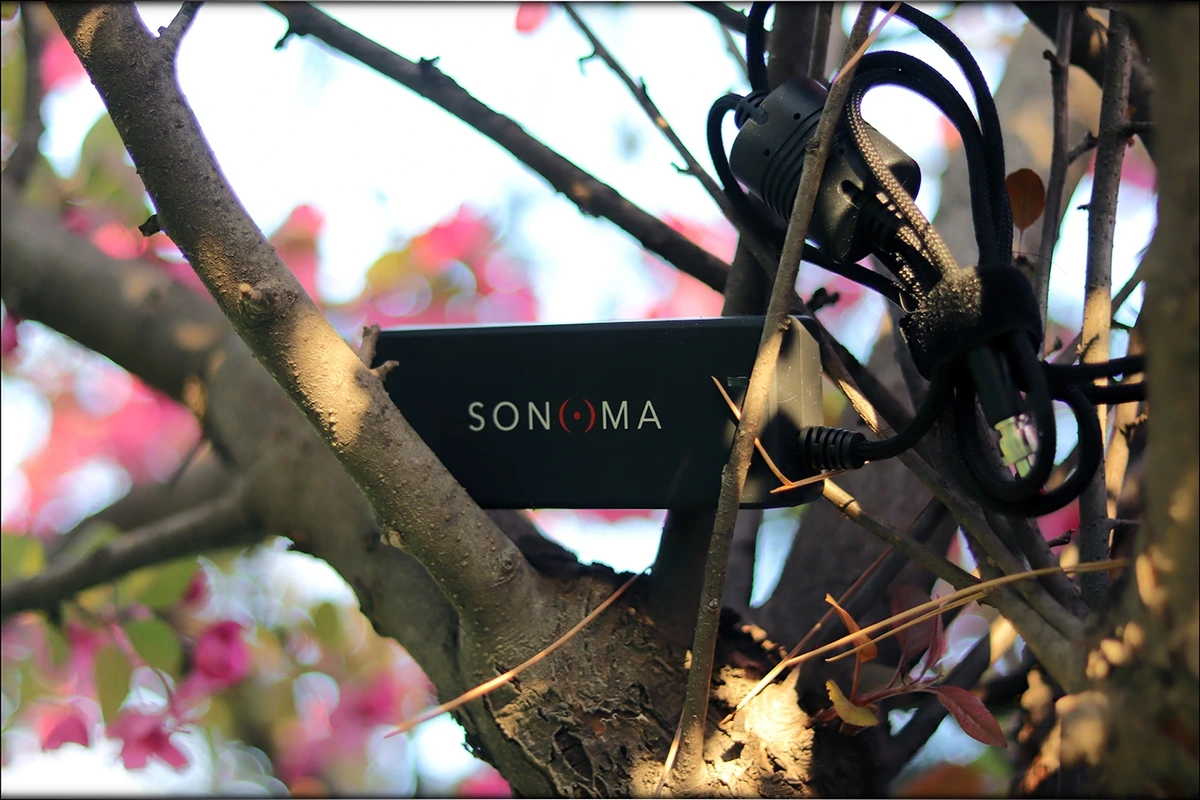
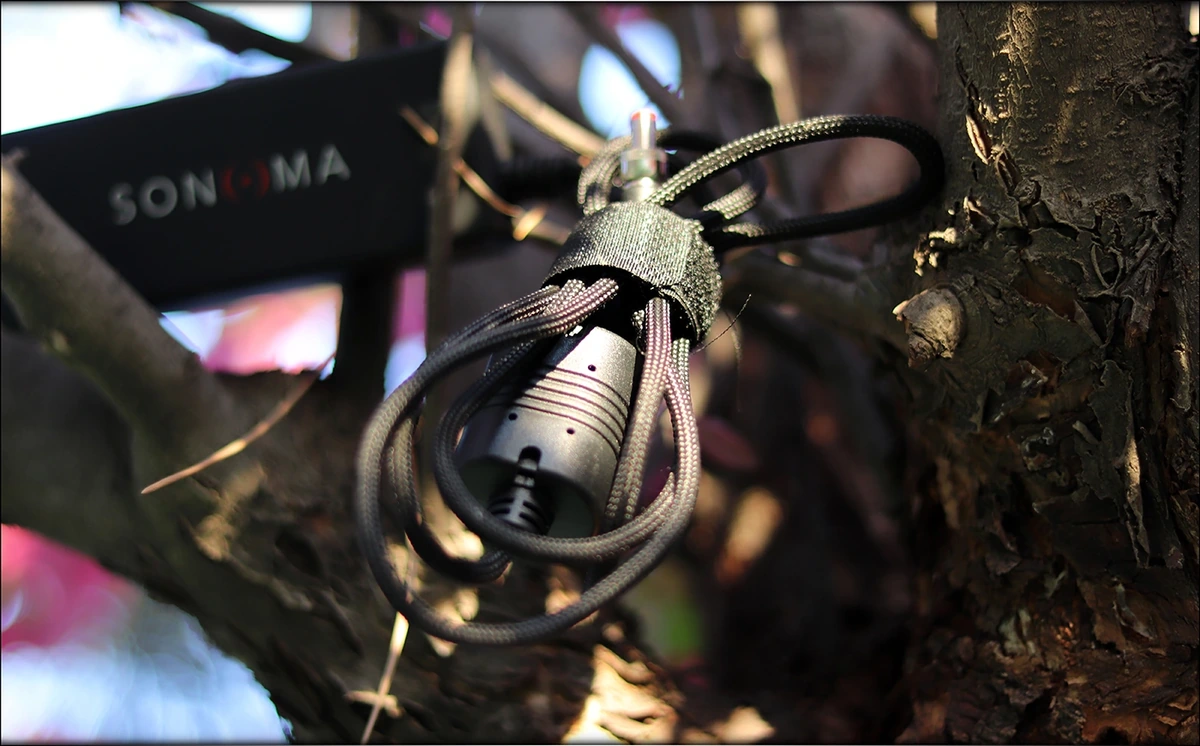
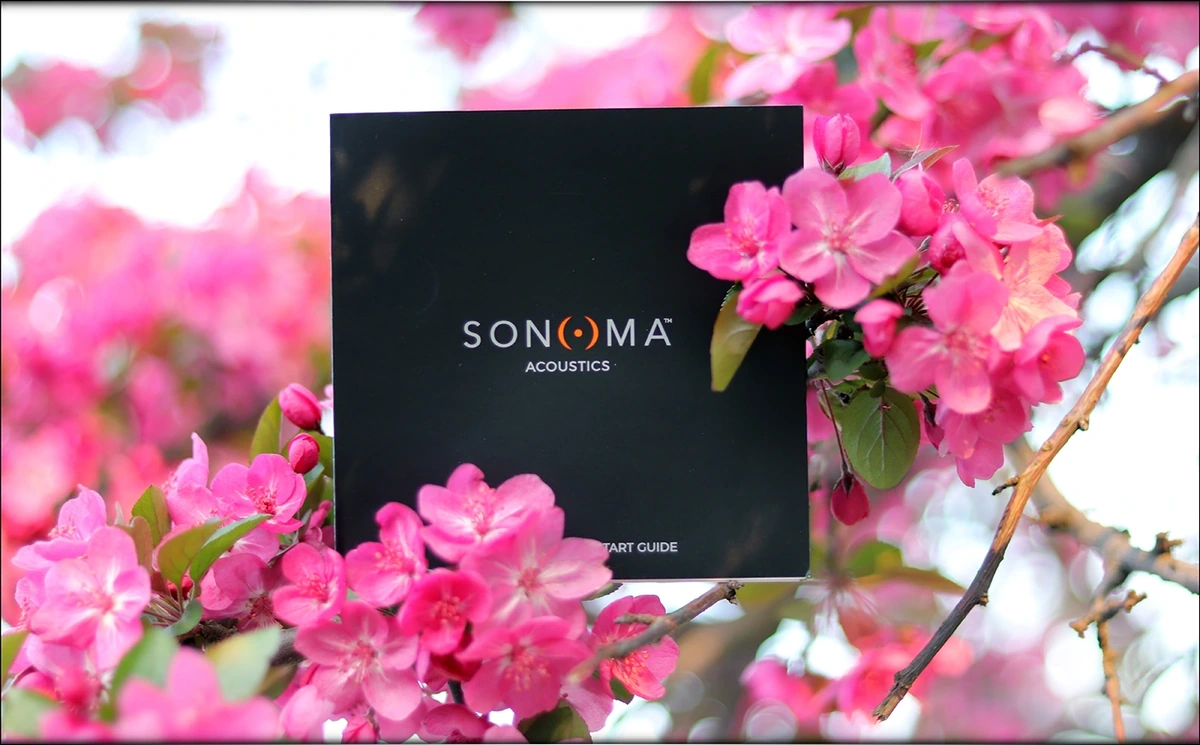
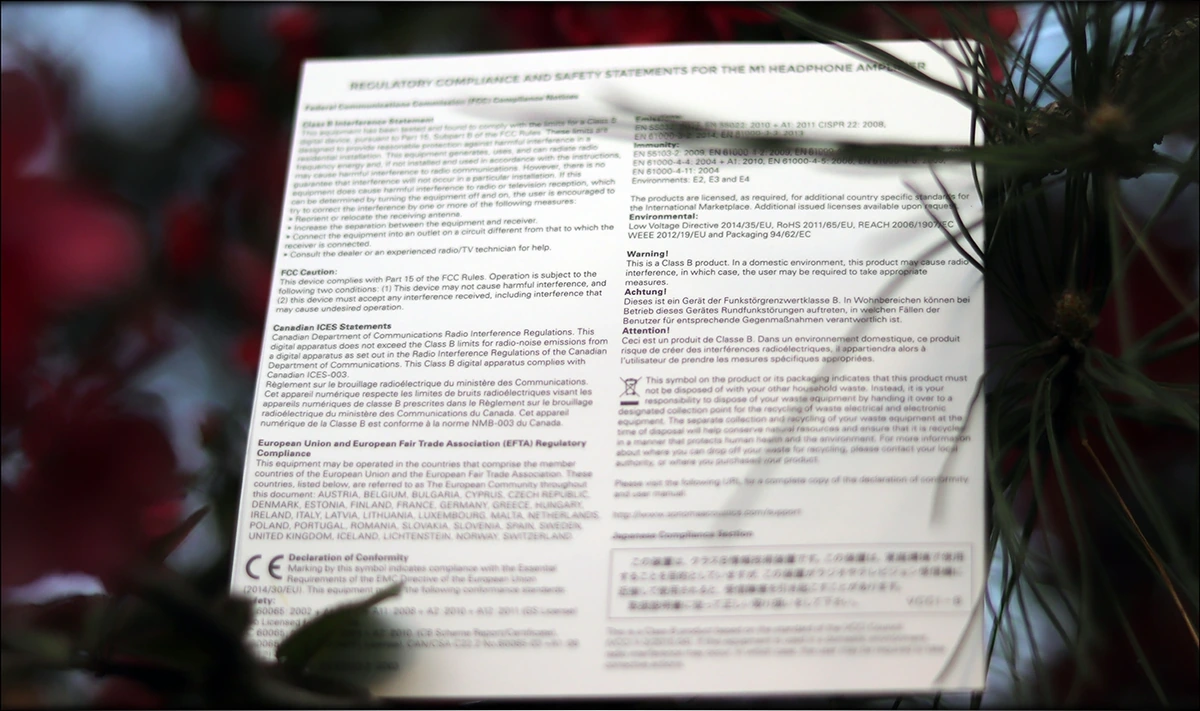
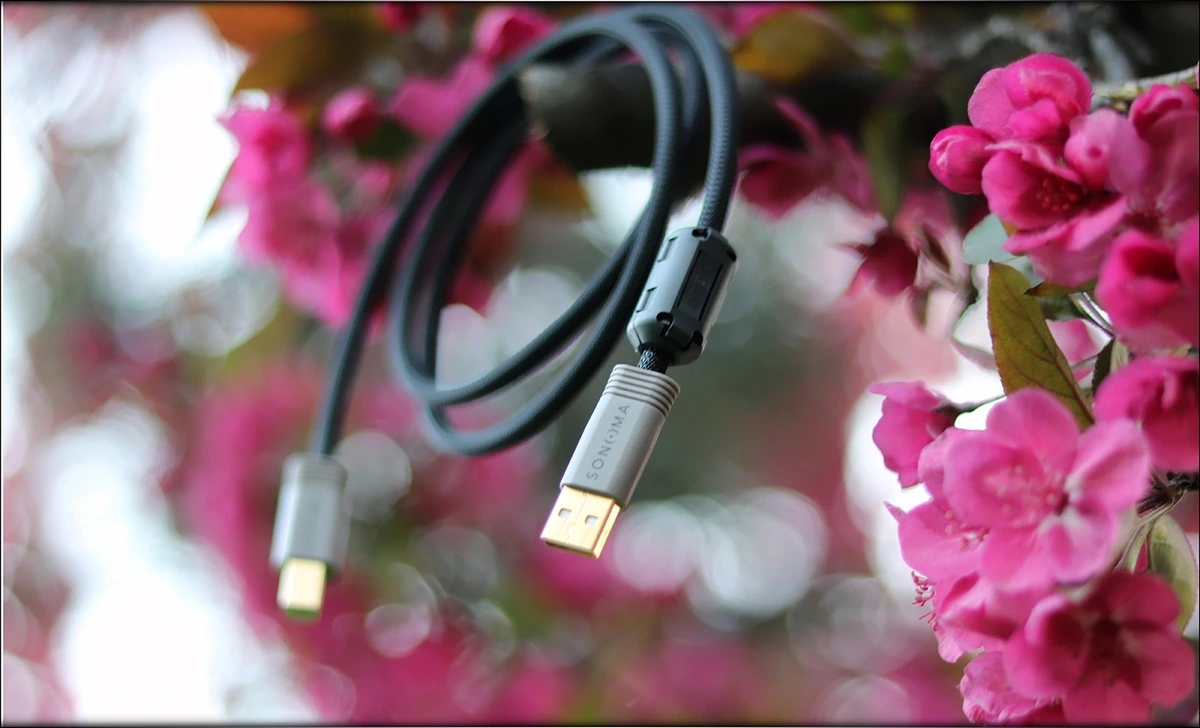
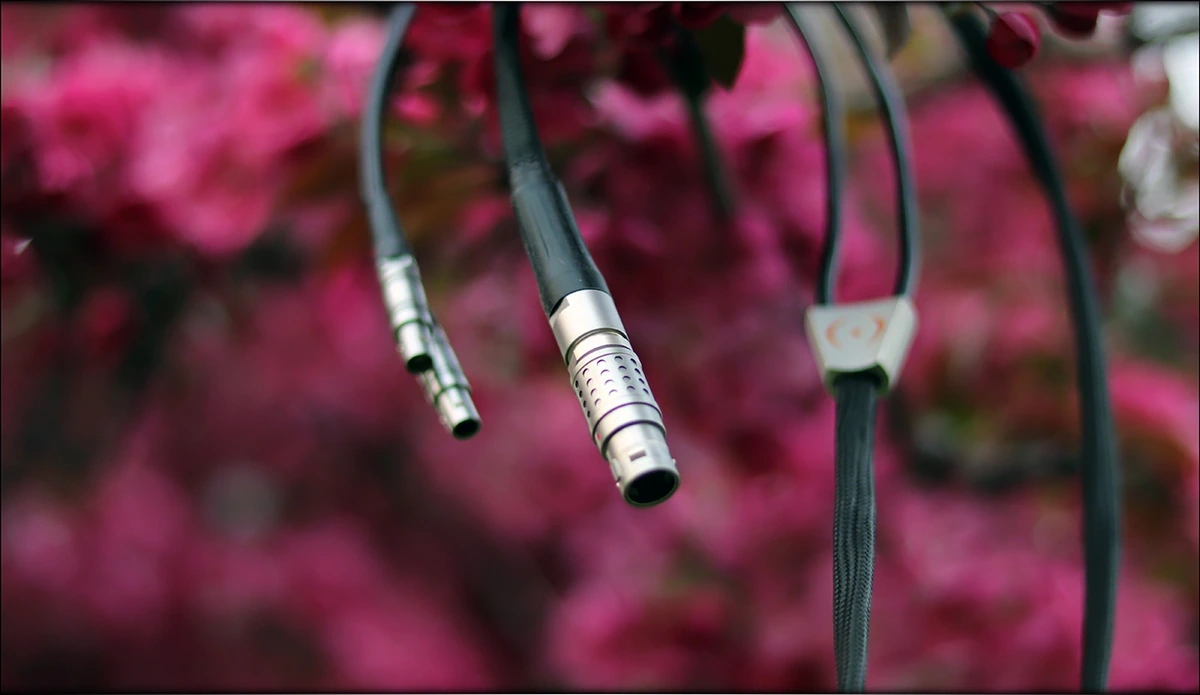
Sonoma Model One arrived to me in a large black box, made of plastic, in the style of Peli Boxes. It looks like this is not the official package, as the official comes in a cardboard box, and has two boxes, one with the headphones, and one with the DAC/AMP.
The unboxing can be a bit complicated since the package is large and heavy, but you get all the extras you could ever require in there. The box has a rich content, with the DAC/AMP, the Headphones, cables, power cables, power adapters, drivers, manuals, and pretty much everything you may require included in the package.
The package is good for a flagship headphone, although I would like to see extra headbands and extra ear pads where possible, as those can come in quite handy for a headphone this expensive. I would also like to see an extra cable, maybe a slightly shorter or longer one, although to their advantage, Warwick Acoustics included high quality pads, and a high quality cable to begin with.
What to look in when purchasing a Flagship Headphone All In One System
https://www.audiophile-heaven.com/p/what-to-lookl.html
Technical Specifications
THE HEADPHONE
Configuration – Open-back, circumaural type
Transducer – HPEL, single-ended electrostatic
Effective Diaphragm Area – 3570 mm2
Frequency Response – 10 Hz – 60 kHz
Output Level – Compliant with EN 60065/A12:2011 (EN50332) when driven by M1 Energizer/DAC (for all inputs)
Ear and Headband Cushions – Cabretta top-grain, sheepskin leather
Input – Polarized, 4-pin, self-latching connectors for left and right channels
Drive Cable – Ultra-low capacitance, silver-plated OFHC copper, with foamed PE insulation and Kevlar reinforcement; 2 meter length
Weight – 303 grams (10.7 oz), without cable
DAC & ENERGIZER
USB Input – USB 2.0 type B; accepts digital audio formats up to 32-bit/384 kHz PCM and DSD via DoP (DSD64/DSD128)
Digital Coaxial Input – S/PDIF; accepts digital audio formats up to 24-bit/192 kHz PCM
Analog Input (High Level) – Dual RCA; 2.1 Vrms
Analog Input (Low Level) – 3.5 mm; 850 mVrms
DAC – Dual mono, 32-bit/384 kHz DACs with balanced outputs
ADC – 32-bit/384 kHz multi-channel ADC with balanced input buffers
Digital Signal Processing (DSP) – 64-bit (double-precision) fixed-point processing at native sample rates
Amplifier/Energizer – Discrete FET, single-ended, high-bias Class-A output
Distortion + Noise – < 0.05%
Bandwidth – > 65 kHz
Enclosure – CNC-machined 6063 aluminum
Power Supply – External: 24 VDC, 60 VA, fixed frequency, class B-compliant SMPS;
Internal – fully isolated, ultra-low noise linear regulation
AC Mains – World voltage compatible (90-264 V, 50-60 Hz); IEC-60320 C14, earth-grounded power cable; 1.5 meter length
Dimensions – H x W x D: 57 mm (2.24 in) x 190 mm (7.48 in) x 290 mm (11.42 in)
Weight – 2.45 kg (5.40 lbs)
Build Quality/Aesthetics/Fit/Comfort
The electrostatic principle is a promise that many try to pursue, but very few manage to achieve properly, and if you’ve read my HIFIMAN Jade II Electrostatic system, you know that those headphones usually come in a system, and there are some inherent advantages and some inherent disadvantages to having an electrostatic system.
The biggest advantage is the system, an electrostatic system usually employs very high voltages, controlling a really thin membrane which acts as the driver. In return, this means that you need to use special amplifiers, and you also need to employ setups which are often heavy and quite pricey, so in the end you have a desktop system which can sound much lighter, snappier and better than the dynamic or the planar counterparts, but that’s a big can, rather than a will sound, so you need to give a listen to the system you’re interested in, and you should do all you can to judge with your ears when possible.
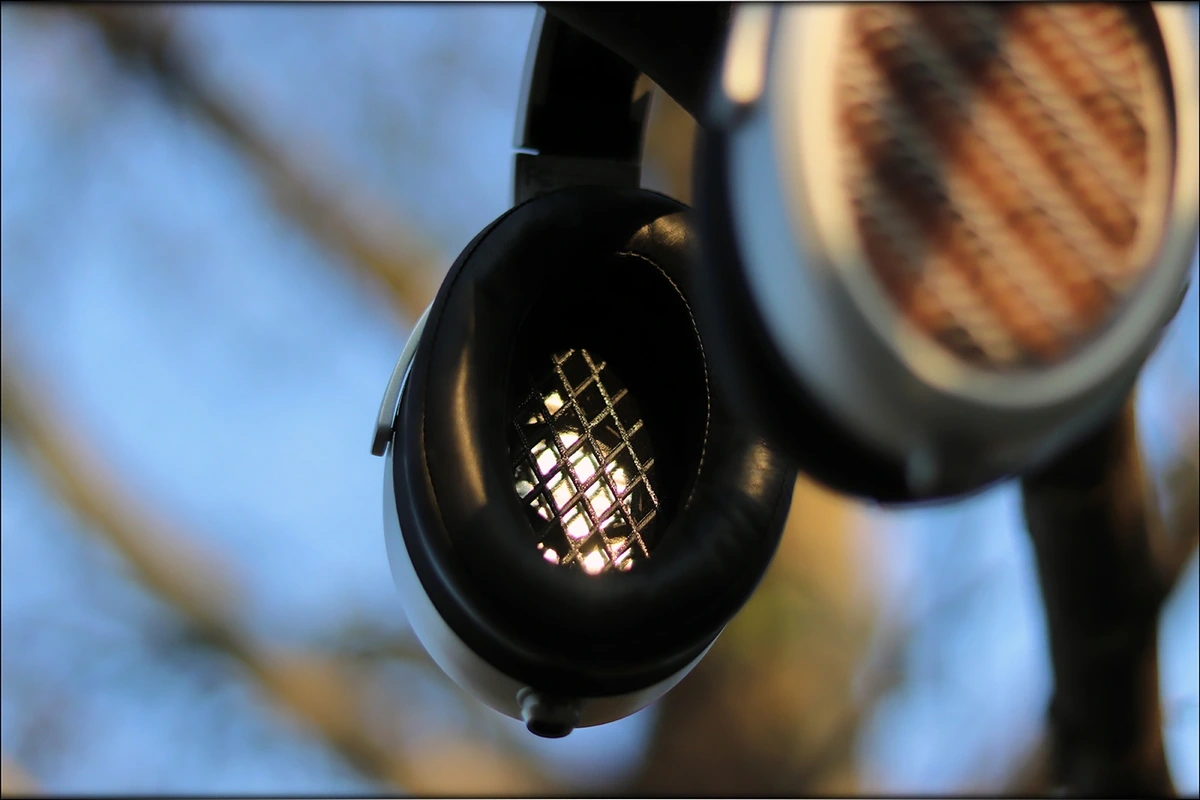
Sonoma Model One actually employs a unique technology, and while they don’t really explain it so much on their own website, the main difference between a typical electrostatic headphone, and Model One, is that typically you have two metallic, or conductor plates, on each side of the driver, behind and in front, which either repel or attract the driver, creating sound. The drivers are usually extremely large for electrostatic systems, and the tech is really different from what you typically have with Planars, which rely on heavy and large drivers, and dynamics, which typically rely on the classical driver principle. Sonoma employed the magnets on only one side of the membrane, basically eliminating all the interference that would exist between the membrane and the conductor plate. Having the active component on only one side of the membrane actually sounds like a really poor idea theoretically, and it would mean that you’re losing half of the control that Electrostatic systems usually have, but Warwick Acoustics are not just a reseller of an OEM, they actually develop new tech and work on engineering new headphones, so Model One was optimised to work this way, and the driver is actually extremely thin, just 15 um, and also cut in smaller hexagonal areas, which should spread out and even out all of the distortions that may appear. This will lead to a cleaner, more crispy sound, which I can confirm upon hearing, Model one is really crisp and clean.
This is not something that I mention often, but Model One is fairly open-back, and given the driver construction, I recommend using Model One in a quiet environment where you don’t have to crank the volume high to drown out the ambient noise. Also, they leak like a hydrant would leak water, so please don’t use them in a library. Room acoustics may play a role, although a small one, as Model One is so open, so if you’re having a lot of reverb in your room, you may hear it in your music. They have a passive isolation of about 5 dB, which is really low.
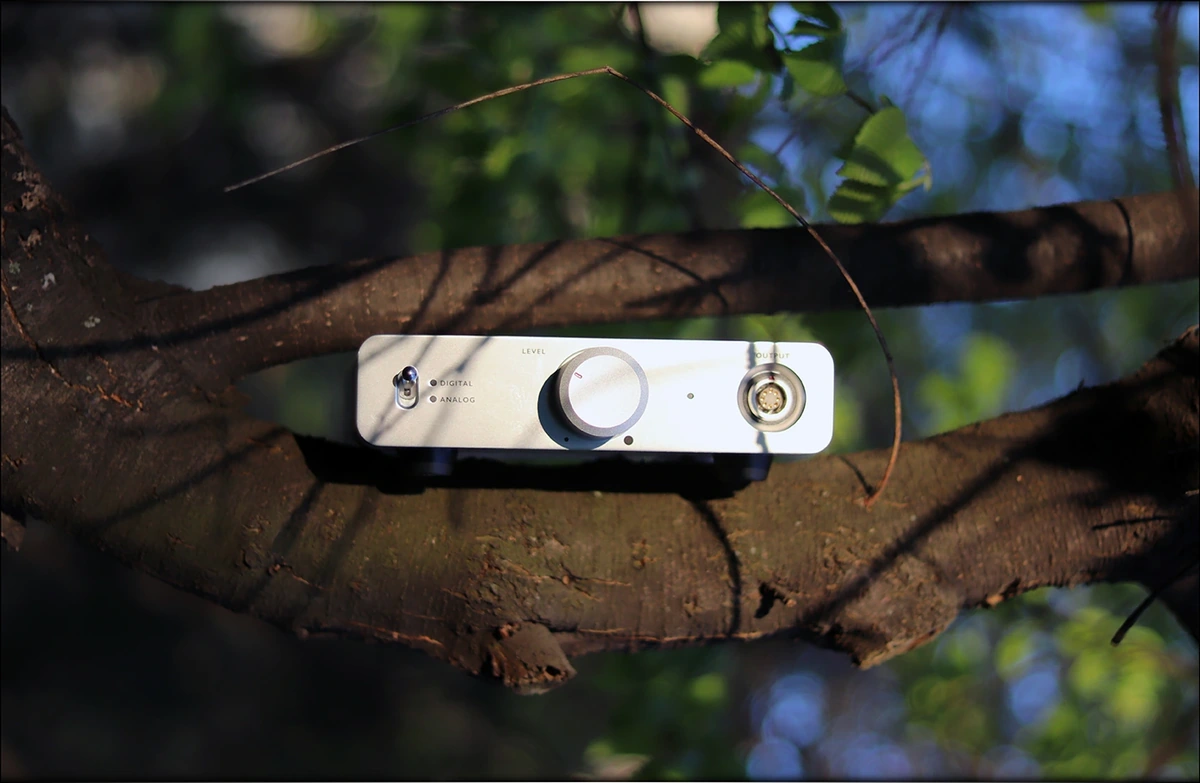
The DAC and the Headphone itself are made by different companies or OEMs, or at least this is how I feel, given the large difference between the materials and the concept between the two. The DAC is a really solid, sleek-looking, high-end piece, with a mirror finish at the front, high-quality connectors, but cheap plastic around the connectors at the back.
The connectors are proprietary, both for the power input at the back, and for the headphone output at the front. This is not ideal, and the headphone output in particular has a unique-looking connector, which Sonoma stated to be medical-grade, and I trust them on it, but this also means that if you’ll need a cable, you will have to order from Sonoma themselves, and no third party cables are possible at least at this moment.
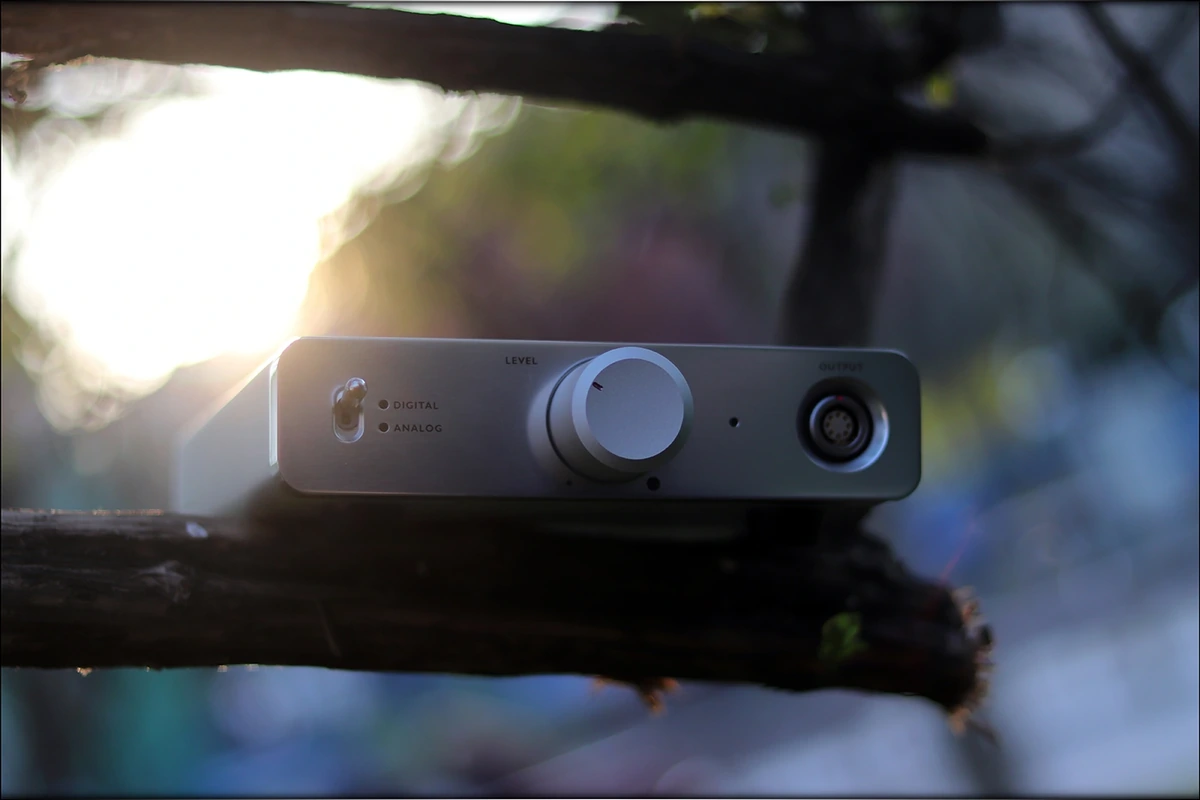
The DAC/AMP doesn’t get too hot during usage, only moderately warm, as it has vents at the top and the bottom, and rubber feet so it doesn’t sit flush on your desk. Furthermore, it is pretty heavy and feels well-made, having at least two and a half kilos. It has a rich number of inputs, including Optical, Coaxial, and USB. There’s even Analog inputs, both in RCA, and 3.5mm, so you can easily hand in an aux cord to Sonoma Model One if you wanted to check some tunes, or if you have friends over, who want to see how their own music sounds like with a killer system. You have a High / Low gain selector for the analogue input, which basically sets how sensitive the system is to input, so if you’re using something with a true line out, that outputs high voltages, you won’t get clipping.
The overall operation is pretty simple, you have to plug in the power, plug in the signal, and plug in the headphones.
What I wasn’t such a fan of was the headphone itself, and the comfort. The headphones are made of plastic, and they creak when being handled, making HIFIMAN Deva or Sennheiser HD660S feel like flagships instead. The headband padding slides a bit from side to side, and does not inspire as much trust as the DAC/AMP which is simply stellar.
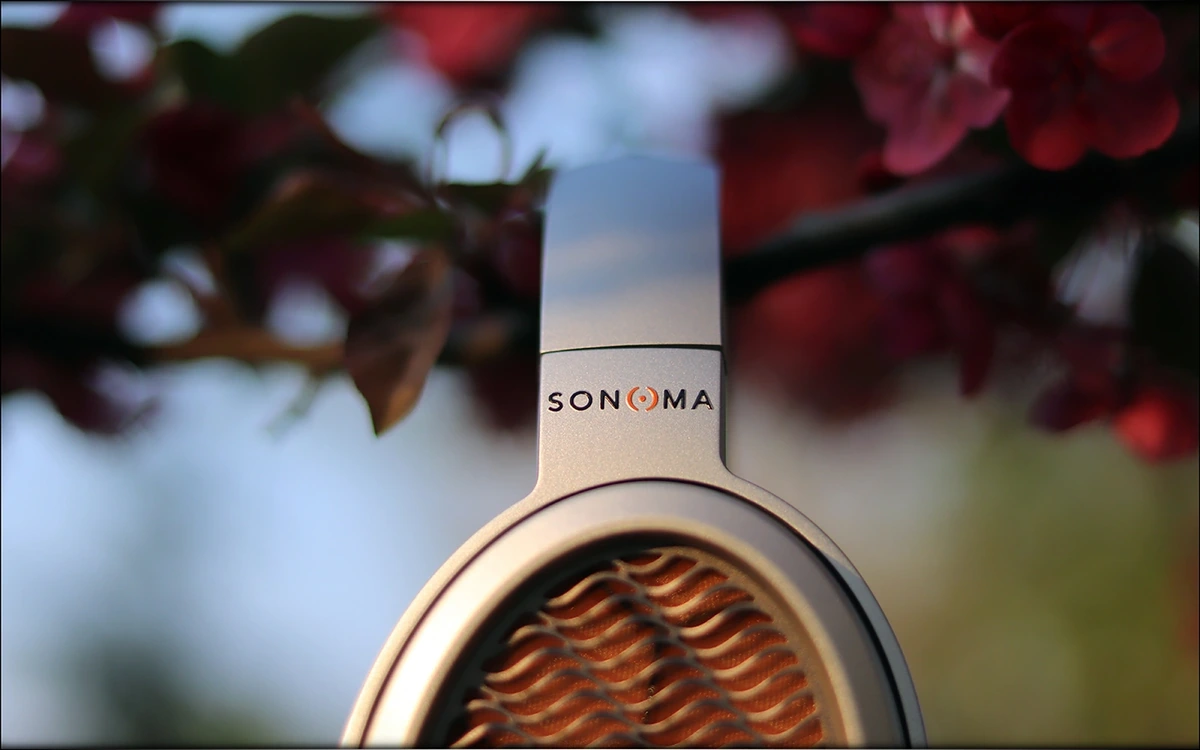
The comfort of the headphone is good. The cups are large, and there is enough space for most heads inside, but the clamping force is quite high, despite the headphones looking very open at all times. You could reduce the clamping force by leaving the headphones on a speaker, or a box, or a pillow, and giving them some time to loosen up, but be careful to not overdo it. I noticed that M1 will work extremely well for people with smaller to medium sized heads, but will be uncomfortable for those with really large heads, despite the headphone being fairly adjustable. The color of the headphone is pretty cool, and the drivers are protected by a high-quality metallic grille. The only thing I could wish for is a better headband, and a better headband padding. The earpads are made from sheepskin, and they are really comfortable when it comes to how they feel while touching your face / ears. I don’t sweat while wearing M One, and it feels like a high-end flagship while being worn.
MOne has driver flex and some microphonic noise, so the cable conducts noise if it brushes against your cloth, but since you’re going to be sitting at a desk or in a chair while listening to Model One, you’re very unlikely to notice the effect. On the other hand, you will notice the fact that there is a good amount of driver flex, and pushing on the ear cup will move the driver too. Even slightly moving your head while listening changes the sound a bit, but it quickly reverts to normal. This not unseen on electrostatic systems, and I noticed similar effects on some other systems I tried to date, including HIFIMAN Jade II, although the effect is a bit lower on other systems.
The default USB Cable is not great, and I recommend trying aftermarket cables for an even better sound, somehow it feels like it has too much noise filtering, and other cables can make the sound more vivid, more detailed, and more clear. I feel that the cable itself is not bad per se, but since this was a very interesting system, some friends came to my house and they brought better cables with them, and it made Model One sound better.
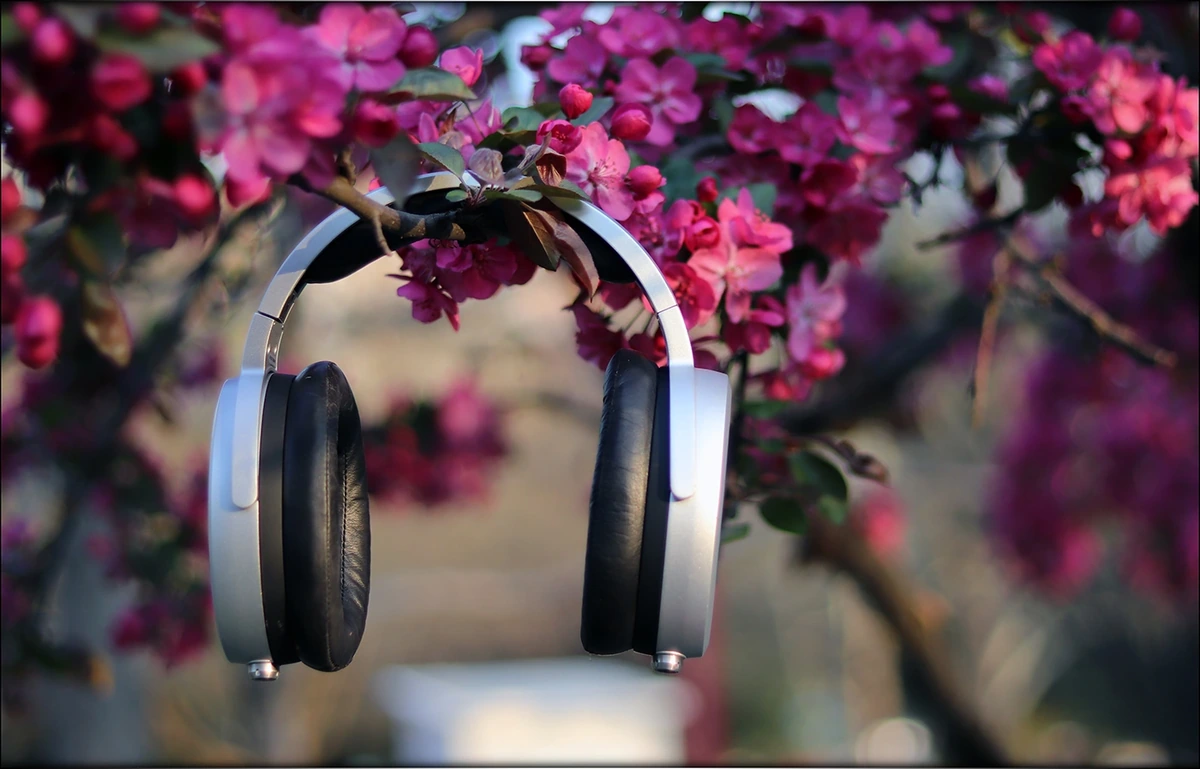
Many other reviewers mention that the system must run for a period of time to sound good, and this is something I have a mixed impression about. I noticed that after listening to it for a while, the system sounds better, and it may be both because it takes a bit of time to truly appreciate the sound, but the system itself may also have a warm-up time, and considering the very high voltages that run through the headphones at any time, of about 1350 Volts, it may be expected for it to take a bit to warm up.
The sound is improved when using a power conditioner, like Plixir BAC 400, which has enough power for Model One, and despite the fact that Model One is a Class-A system, it doesn’t draw too much power and won’t increase your power bills too much. The inputs of the DAC do not include optical or bluetooth, which would have been welcome, as even high-end systems like M2 Tech Young MK III include bluetooth nowadays. A display would also be welcome on such a system, and I’m hopeful that the company will consider including one in future releases.
I mentioned that the analog input has a high / low gain selector, and this is because the line input voltage for the RCA inputs is 2.1V, while the line input for the 3.5mm aux cord is 0.85 Volts. Feeding higher voltages won’t short circuit the systems, but will result in a clipping, distorted sound.
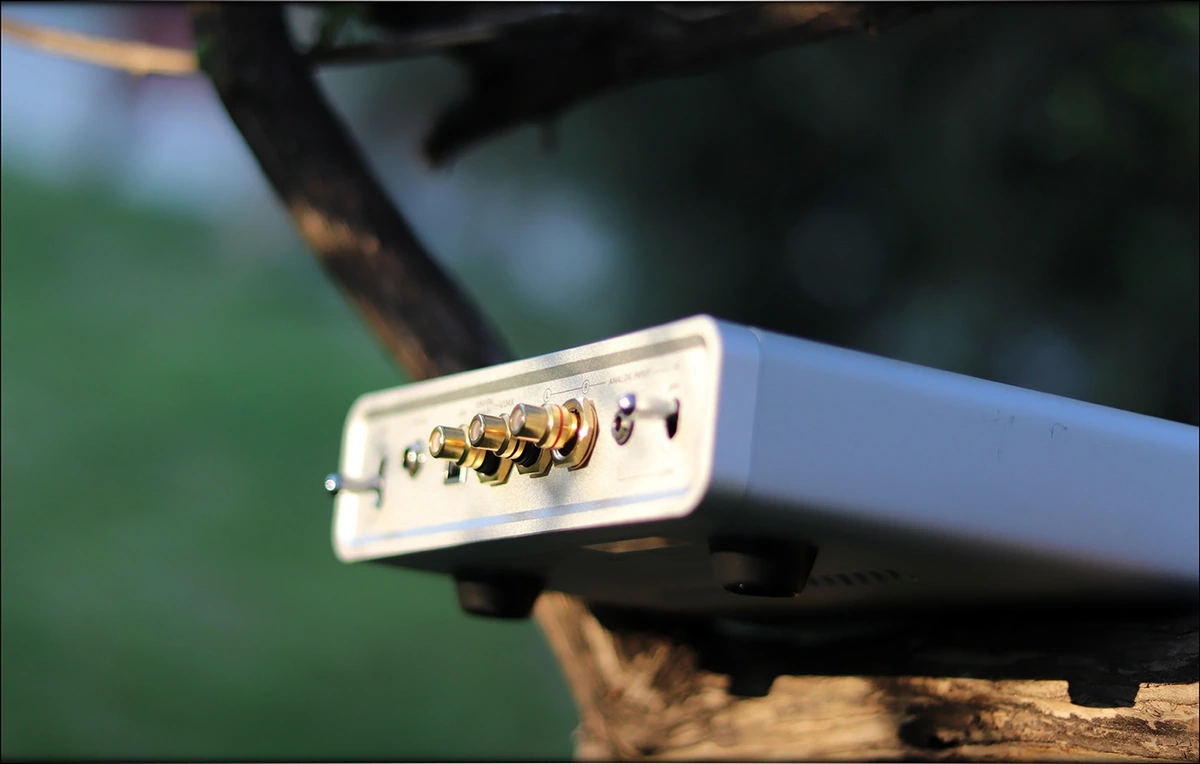
Something that is slightly less known about Model One is that it employs DSP, and heavy amounts of it, to make it sounds the best it can. Any Analog signal input is converted to digital via a top-end ADC or Analog to Digital converter. Then, there’s a good deal of DSP going on before the DAC, then two ESS flagship DACs convert the signal from digital to analogue. This means that there’s no way to bypass the internal processing, which is not so bad, considering that the final sound is quite good. The only downside to this entire approach is that you can’t really use any other energizer / amplifier / DAC than what is already built in.
All in all, the system is really well built, looks high-end and the weakest link would be the headphones, because Warwick Acoustics prioritised the lowest weight above giving them a better build, but this can be said to be countered by the fact that no one managed to break the headphones yet, and that Warwick Acoustics invests a ton of money into marketing and warranty, so you should receive stellar support from them if anything is to happen.
Sound Quality
Of course, the most important aspect of this entire review is the sound. I can be as fussy as possible about the build, and even the design of a product, because design, comfort, and taste in aesthetic is always going to be a very personal thing, but when it comes to the sound, while we don’t all hear the same things, we can all agree when something has a good technical performance and is worth the asking price, and when sadly a product isn’t.
Warwick Acoustics decided to give their all with this new tech, and this means Model One sounds like a flagship which is trying to take on Audeze LCD-MX4, Crosszone CZ-1, and HIFIMAN He6SE all at the same time.
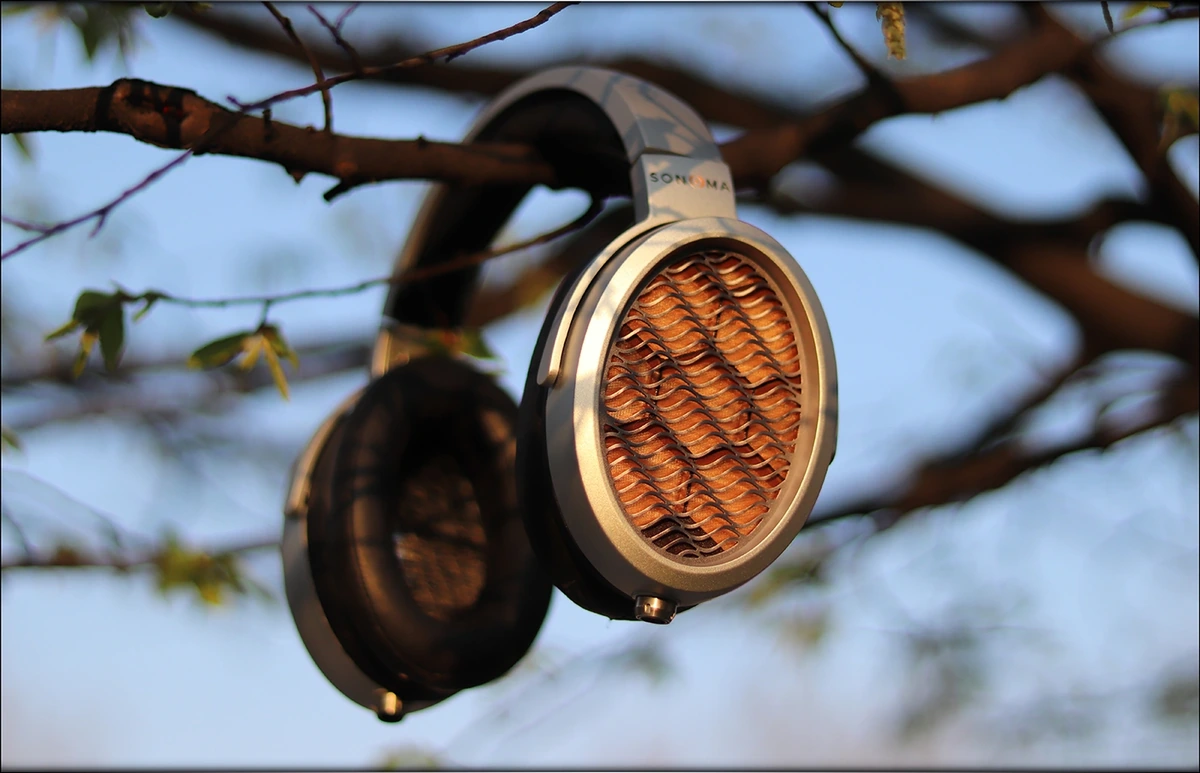
Of course, to do this, they need to have a presentation of their own, and I could describe the Sonoma Model one as gentle, but precise, it is flat in presentation of the instruments, things are linear and natural, light, snappy. Details are crisp, and there’s a good extension in both the bass and the treble, with excellent overall detail and clarity. In fact, clarity dominates the sound, and there’s a sense of both analytic abilities, but also a musical sound.
The bass is mostly neutral, but with fairly good extension in the lows. I personally enjoyed the Sonoma Model one at volumes between 9 o’clock and 14 o’clock, where the bass seems to have the best body, depth and presence. Warwick Acoustics hit the spot with the bass, presenting one of the best depths, in an electrostatic headphone I have heard. It can easily challenge HIFIMAN’s Jade II, as well as most Stax systems I heard, which often lacked in the bass department, and had a forward midrange, which made them fatiguing after a short while of listening. The bass of Model One is also exceptionally snappy, quick and revealing, leaving a longer, natural tray behind. Although it starts really quick, it does have a longer decay, which makes it resonate for longer and which gives it a natural feel to it, but with good clarity too, thanks to the quick start. Clarity stays on top, and where there are headphones that can massage your head with bass, quite literally having enough to go about, like Rosson RAD0, or Audeze LCD-MX4, Model One keeps the bass tastefully enhanced, but still on what I would call a natural-neutral presentation. On songs like Incubus – Drive, with a clean, but very present bassline, you can hear every little reverberation, and you can hear every effect having an excellent body and a punchy presentation where it is called for.
The midrange is forward, like an electrostatic headphone, but open and well-controlled like a planar. While I mostly name Model One natural-neutral, they are slightly bright in presentation, but not considerably more than HIFIMAN Arya, which I even recommended for Jazz, Country, and atmospheric music, so you can expect a pretty fun and engaging presentation from Model One too. The stage is on the intimate side though, and the presentation is a bit different from most headphones. The soundstage in particular is presented a bit oddly, because while the width is excellent, there’s very little depth, so music has an airy, ethereal feel to it, but has very little depth, so sounds can sometime sound really close to the listener, even coming from your own head. It works especially well with Jazz and music that’s supposed to sound really close to you, but it doesn’t work so well with metal or aggressive music. Songs like Melanie Martinez – Tag You’re It, you can hear a wide stage, and a really beautiful presentation with a ton of detail, and her voice sounds so sweet, even ethereal.
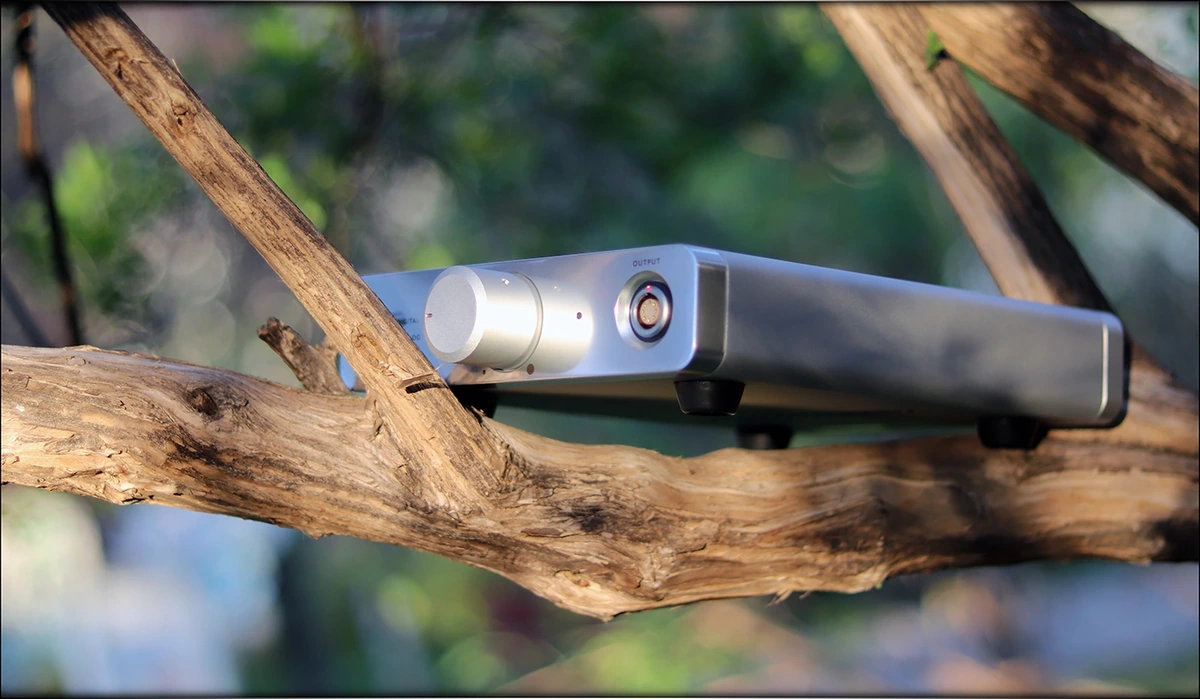
The treble is where Sonoma Model One Excels truly, it extends so nicely, and the quick driver is capable of expressing even the smallest details in the highs, without getting harsh or hot, they simply shine in terms of having an excellent revealing ability, all while staying natural and have a true-to-life texture to the treble. The overall detail is impressive, and while much less expensive equipment tries to add detail by adding sheer amounts of treble, Sonoma Model One does this by adding actual refinement and detail in the treble. It is an entirely spatial experience at the point you hear every droplet of information that was in a song, and micro-detail resolving abilities are top notch for sure. Songs like Judas Priest – Electric Eye show excellent detail and clarity.
The dynamics of Model One are also a strong point, and while I noted on my HIFIMAN Jade II review that it lacks some detail and clarity compared to a properly driven Planar Magnetic Headphone, this is not true for Sonoma Model One, and it has excellent dynamics and a punchy sound. This is also in part because they have an excellent bass, but the treble also helps, as each percussion hit feels real.
Desktop Usage
The biggest downside of Model One may be the fact that you need to be at a desk, and you can’t really move it around. This means that it is almost impossible to relocate the system once you set it up, as you will need it next to a computer, or a source. All in all, you could locate it in your bed, and use either a FiiO M11, or an iBasso DX220 to give it digital signal, but it is not very practical, compared to using a more portable setup, even something semi-portable like having a good planar magnetic headphone, like a HIFIMAN Arya, or a Sundara, connected to a portable DAC/AMP like iFi iDSD Micro Black Label, or something like a good DAP, like iBasso DX220.
Then again, if it is all for the sound, and especially if you have a cool armchair, like the guy from Warwick Acoustics website, who seems to be enjoying the more expensive model, the Aperio, relaxing. And that is a point, with a headphone like this, you need a standing position mostly, and you’ll notice that this is a trend with open back headphones, and with headphones in general, the more you climb up the sonic quality ladder, the more you need to sacrifice comfort and practical usage for it.
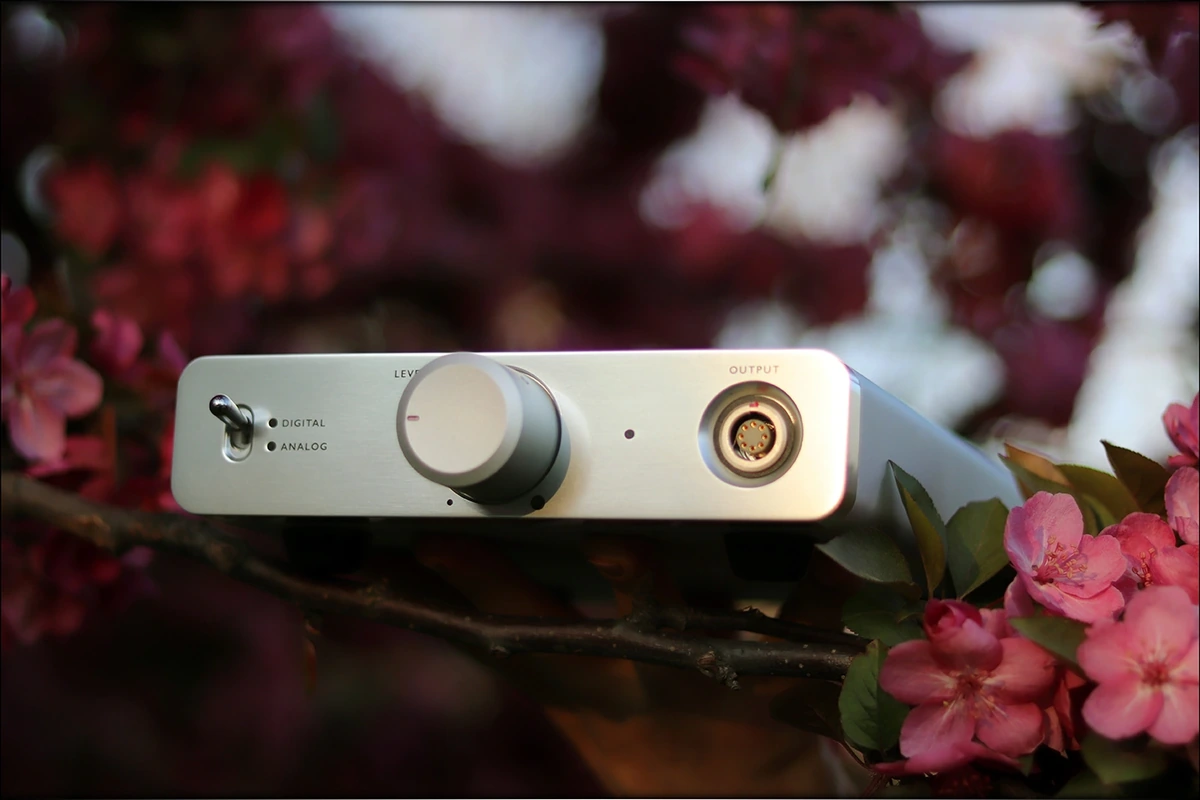
Having 1350 Volts running between your ears doesn’t sound like an easy feature to pull, and Warwick Acoustics knew that some people may try their headphones with a different amplifier / energiser, but since they require a very specific setup, namely the DAC/AMP they come with, the connectors used are proprietary, and this means you really really cannot try them with anything else. This is as much of an All-In-One System as it can be, and cannot be used otherwise. All connectors have a self-latching locking mechanism which helps the Model One stay in place, and this also helps the polarity stay correct, since the headphones have the magnets on only one side of the driver, inverting the polarity could have potentially disastrous results.
Model One is a system that is best enjoyed at medium to low volumes, and listening at maximum volumes doesn’t work so well for it, the whole sound can be a bit distorted, especially if you reach the final 2-3 clicks of the volume. The volume wheel is a digital selector for an analogue controller, which means that there is no channel imbalance at any volume, but you cannot do a more grainy adjustment than what Model One has on the wheel. This being said, I never had an issue with it, and at the beginning, for example at 9 o’clock, it is really quiet, while at the maximum it gets really loud, so it has enough play to work out in most cases.
Comparisons
Trying to pick some competitors for Sonoma Model One, and as I don’t have HIFIMAN Jade II Anymore, I selected a list of setups to see how Model One fares against other setups, that would either end up costing a similar amount, or would be cheaper, to see how the money is invested when purchasing Model One. The list of setups include Mytek Brooklyn DAC+ powering HIFIMAN He6SE, M2 Tech young MK III to Wells Milo, both powering Kennerton Thror, iBasso DX220, using the AMP 7, powering Rosson RAD-0, and Aune S6 PRO, powering Audio-GD Master 19, powering Audeze LCD-Mx4. This list should cover all of the major flagships I reviewed, with a multitude of tunings and sonic performances. No pairings are really possible since powering Model One from anything else than its own built-in DAC/AMP is impossible, and since even if you used a better DAC, or a very entry-level one like Topping E30, the signal would always be converted back and forth to Digital and then Analogue again, which means that in the end you’d end up with a worse signal if you used an external DAC, than what Sonoma Built in the Model One. Especially since there is DSP going on. On the happy side, though, you can count on Model One to take some EQ, especially digital EQ, if you don’t mind tweaking them. The final sonic performance is worth the effort, and they sound pretty awesome by default, and if I was to EQ anything, I would push the entire midrange back by a few dB.
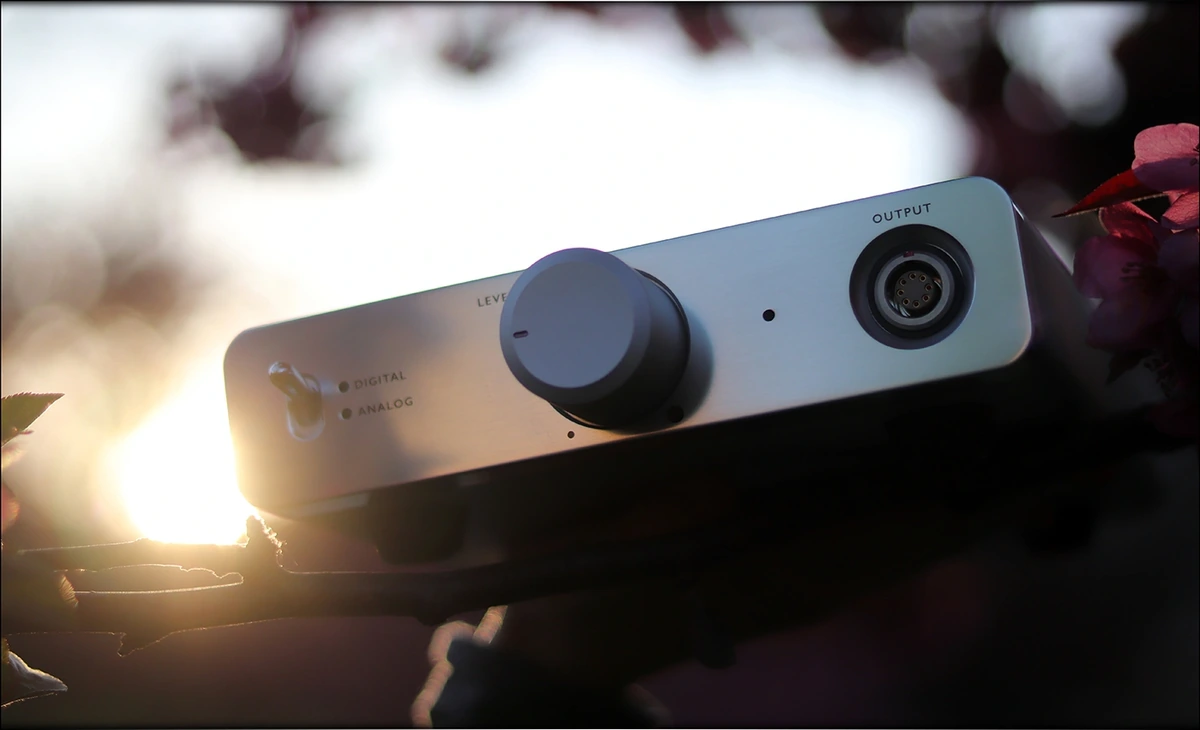
Sonoma Model One vs Mytek Brooklyn DAC+ + HIFIMAN He6SE (5000USD vs 3800 USD / 2000 USD + 1800 USD) – I start with a simpler setup, because this setup was connected also via USB at first, which did not work so well. I needed either an iFi iPurifier, or to use the optical input, to get the cleanest signal out of the DAC +, which means that Model One has better shielding for the USB input, although the default cable is a bit tame, for what the system can do with a better USB cable. The comfort of HE 6SE is better than that of Model One, HE6 Se has smaller cups, but much softer pads, with less clamping force, and a better overall ergonomic. Both headphones are similar in terms of actual build quality, and the self-latching connectors on Model One are better than the 3.5mm connectors on HE6SE. DAC+ is a bit smarter than Moel One’s unit, because you can also use DAC+ for IEMs, or as a DAC in a full system, and if Warwick Acoustics could include a Line Out in their system, it would actually increase the value of Model One a bit too, which would be a happy situation for them. On the other hand, the overall sonic experience is very different, HE6SE is an analytical headphone, the bass reach of Model One actually sounds a bit better, they have more impact in the sub-lows. The impact of the bass itself is a bit better on H e 6 S E, and on this pairing in particular, HE6SE can get considerably louder than Model One. The soundstage is similar in size, both are on the intimate side, and the treble extension is also similar, although Model One has more detail and micro detail, also slightly better dynamics. HE6SE remains a favorite, and it can be way more cost-effective to drive it, and if you’re comfortable with the maximum volume of Sonoma Model One, Earmen TR-AMP can drive He6SE to that volume nicely, which means that you don’t have to invest in a much more expensive setup to drive it, while with Model One, being an All-In-One, you have to invest the entire cost from the start, being more pricy.
Sonoma Model One vs M2 Tech Young MK III + Wells Milo + Kennerton Thror (5000 USD vs 6300 USD / 1600 USD + 1700 USD + 3000 USD) – The cost is actually in favor of Model One this time around, and although Thror is not quite that hard to drive, it is going to take advantage of something like the Wells Milo and the M2Tech Young MKIII, as it is a very resolving headphone. The build quality is much better on Thror, with metal in the build, also thicker leather, softer earpads, real wood in the cups, but they end up being quite a bit heavier, so if you don’t mind weight, Thror should be the one for you, while if you don’t mind a higher clamping force, Model One is lighter. The comfort ends up being similar, although if you take the time to adjust it, Thror can be configured better for the shape and size of your head, while Model One has a more limited adjustment by comparison. The sound is actually comparable, in terms of detail and clarity, M2Tech being a really wide-sounding DAC, and giving Thror a nice amount of space, and Milo giving them a magically natural midrange. Thror is one clear performer, but this is when being driven by a proper setup. I actually noticed that it sounds really good with around 1000 USD worth of sources, like a FiiO M11 / M11 PRO, if using a custom 4.4mm Cable, or if using DX220 from iBasso, using the same Silver Cable. This being said, it is still not a portable headphone, and just like Sonoma, it will mostly be used indoors. On the other hand, it will sound quite amazing in general, and both are pertinent systems. The largest differences are in the bass, where Model One has more bass by default, but you can EQ more to Thror if you’re driving it properly. The midrange is more forward on Model One, but slightly, and it has a more ethereal presentation. Thror is more spiky in the treble, with a stronger treble, but Model One has a more natural treble with more extension, a wetter character, making it slightly more revealing of details. Thror can be pushed to do more via EQ, can get louder, while Model One takes less EQ, and has a more limited maximum volume.
Sonoma Model One vs iBasso DX220 + AMP7 + Rosson RAD 0 (5000USD vs 3100 USD / 900 USD + 200 USD + 2000 USD) – For this comparison the price performance ratio is in favor of RAD0 with DX 220, as it has a better package price. RAD-0 is really easy to drive, and it is considerably heavier than Model One, but also more comfortable, with much much thicker pads, but also grows hotter with usage. There’s more isolation with RAD-0. The overall sound is different, RAD-0 has much much more bass, also a more liquid, fluid sound, they sound really effortless, where Model One sounds more revealing, more detailed, and especially if you enjoy more midrange presence, or if you want a cleaner, more revealing sound, Model One is recommended more. The treble is really smooth on RAD-0 and it lacks the overall micro-details and cues that Model One has, but it makes up for it by having more impact. You cannot EQ more treble to RAD Zero, and you can’t really EQ more midrange presence either, the mids are thicker, the two headphones are really different, and if you’re looking for a really smooth, thick, heavy sound, with an excellent impact, and a sweet, if recessed midrange, RAD 0 makes a lot of sense, while if you want something that sounds more natural – neutral, with better detail, and if you want an all-in-one solution, Model One makes a lot of sense.
Sonoma Model One vs Aune S6 PRO + Audio-GD Master 19 + Audeze LCD-MX4 (5000USD vs 4480 USD / 600 USD + 880 USD + 3000 USD) – The value for the second setup is clearly higher than that of Model One, not because it sounds better right away, but because you can use the components in your overall system, which means that all components have a multi-scenario usage, which Model One doesn’t. For example, you can use S6PRO as the DAC for this system, but also as a headphone amplifier, for Kennetron Thror, or for Verum One, or for Brainwavz Alara. For Master19, you don’t just have a high-end headphone amplifier that can drive anything under the sun, you also have a high-quality preamplifier, and it has an excellent overall detail and clarity, also a dynamic that is really hard to match. Model One is a simpler, all-in-one solution that costs more, but which delivers a simpler sound, with less hassle, especially if you’re trying to be space-efficient. For example, if you already have a high-end system and don’t want to bother gathering components and matching them, Model One answers that question well. LCD MX 4 is realy heavy, much much heavier than Model One, and while with Model ONe, you will be able to use them for a few hours, without issues, LCDMX4, depending on how frail your neck is, will cause fatigue a bit faster. The earpads are more comfortable though, thicker, softer, bigger, and the sound is also much thicker, deeper, but also very dry, with more detail exposure in the midrange, but considerably less treble presence and detail. MX4 is great for mixing and mastering, and listening to voice-centric music, where Model One sounds more balanced, has better tonal management, more clarity across the entire range, a more fluid, effortless sound, and Model One gets the soundstage to sound a bit wider than LCD-MX4 too.
Value and Conclusion
The price of Model One is extremely high, and they are not a great value. But then again, no flagship ever is, and if LCD-MX4 costs about 3000 USD, and Rosson RAD-0 costs 2000 USD, sonoma being an all-in-one system, and costing 5000 USD is not so bad, compared to the pricing of flagships. On that note, you should take into account that you’re always paying for the tech inside, and for the engineering done for a system, not for the components themselves.
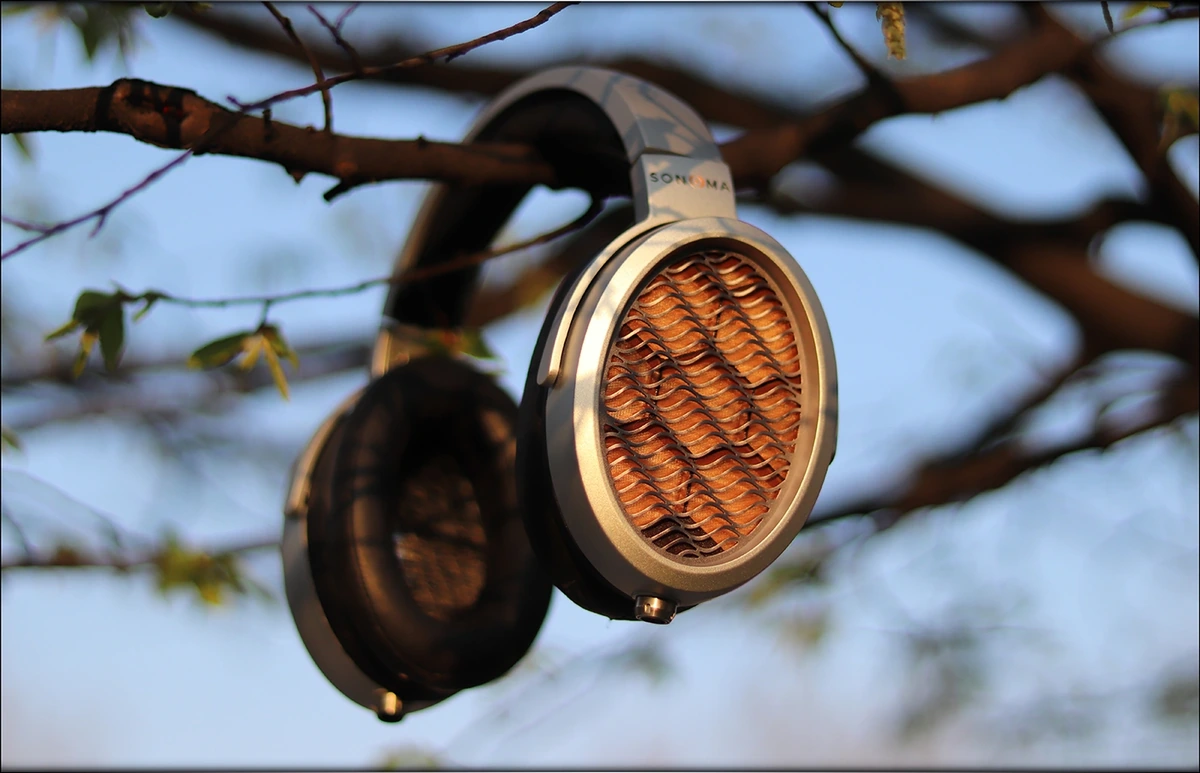
This means that, for example, if you need a very specific work done, you pay the expert for his knowledge and solving the issue, not necessarily for the complexity of the task, because setting up a server can cost thousands of USD, despite the work itself being a few hours of light work for a pro. Same goes for Model One, it is very expensive to design and engineer it, to make it play music, but not necessarily to produce it, because if Audio-GD can produce their Master 19 for 880 USD, and it is a much heavier / complex / powerful amplifier than the energiser of Model One, and the price of a DAC, per chip, is a few USD for most DACs, and a few tens of USD for the flagship DACs, then the cost of making Model One is not for making them as much as increasing their budget for producing more interesting tech and new developments in the audio world.
As a scientist or an enthusiast would put it, we pay for technological advancement, not for the product itself, we pay so that those engineers who can upgrade the world have enough motivation and enthusiasm to work on future developments, rather than paying for the product alone.
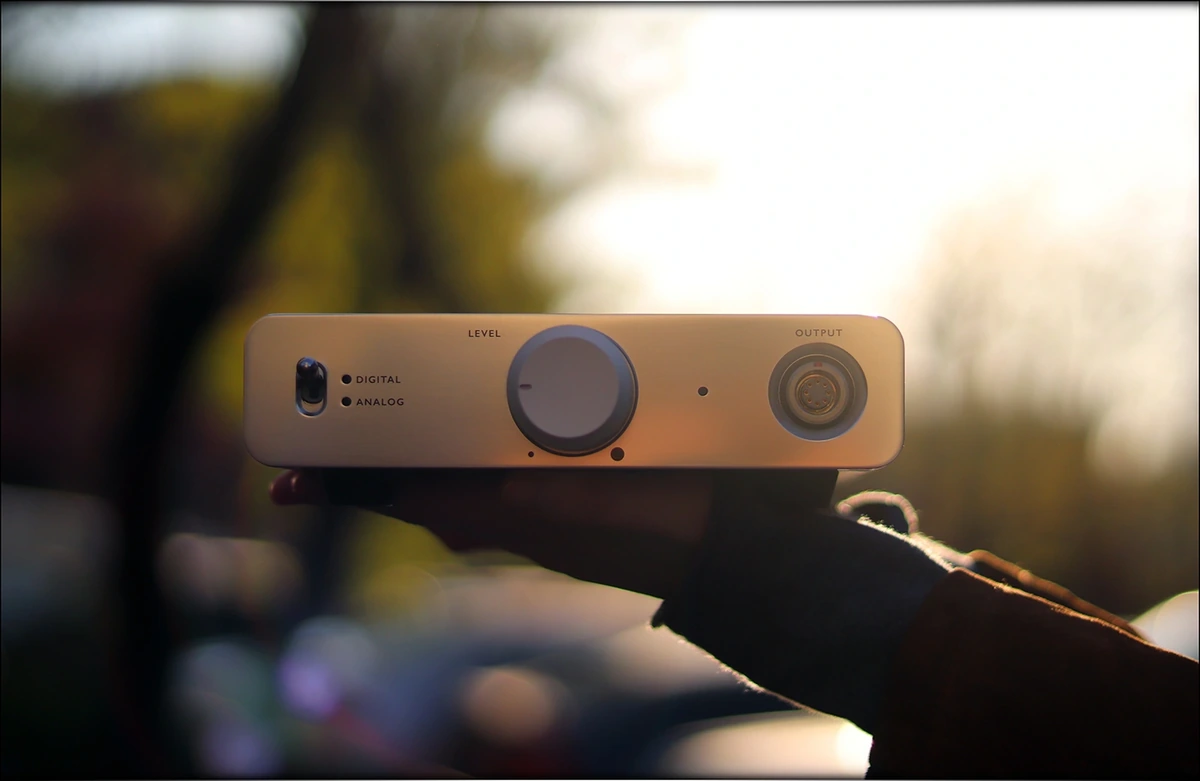
The package for Model One is as complete as an All-In-One system can be. It has all the cables, connectors, accessories to make it work, all you need is a source. You even get the drivers needed for Windows, and for Mac systems it works driverless, which means that you only really need a laptop to enjoy Model One in its full might.
The build quality of the DAC is incredibly good, with a mirror finish, and with a satisfying clicky type of switches, although it lacks optical inputs, and the plastic on the RCAs at the back is not quite as solid as the rest of the Amplifier. Another quick thought I had about it was that Jade II from HIFIMAN had a power-up time when it charged the system, and it didn’t have as many volts as Model One, which has 1350 volts, so it is a really nice achievement that it can play right from the start, despite needing such high voltages. This being said, it will benefit from a power conditioner like the Plixir BAC400, and it will also benefit from power cleaners like iFi’s AC iPurifier. The earpads are made from sheepskin, and they will eventually need replacing, which will need to be done through Warwick Acoustics. Same goes for the cable, and everything else, there’s nothing that can be purchased from a third party, and you’re saved by the fact that Warwick Acoustics has excellent customer policy, along with excellent response, and a friendly, PR, because with Model One you’re basically looking at a direct relationship and experience with them, rather than a product. This also is part of the pricing, the price for the Sonoma Model One experience, rather than the Sonoma Model One Product itself.
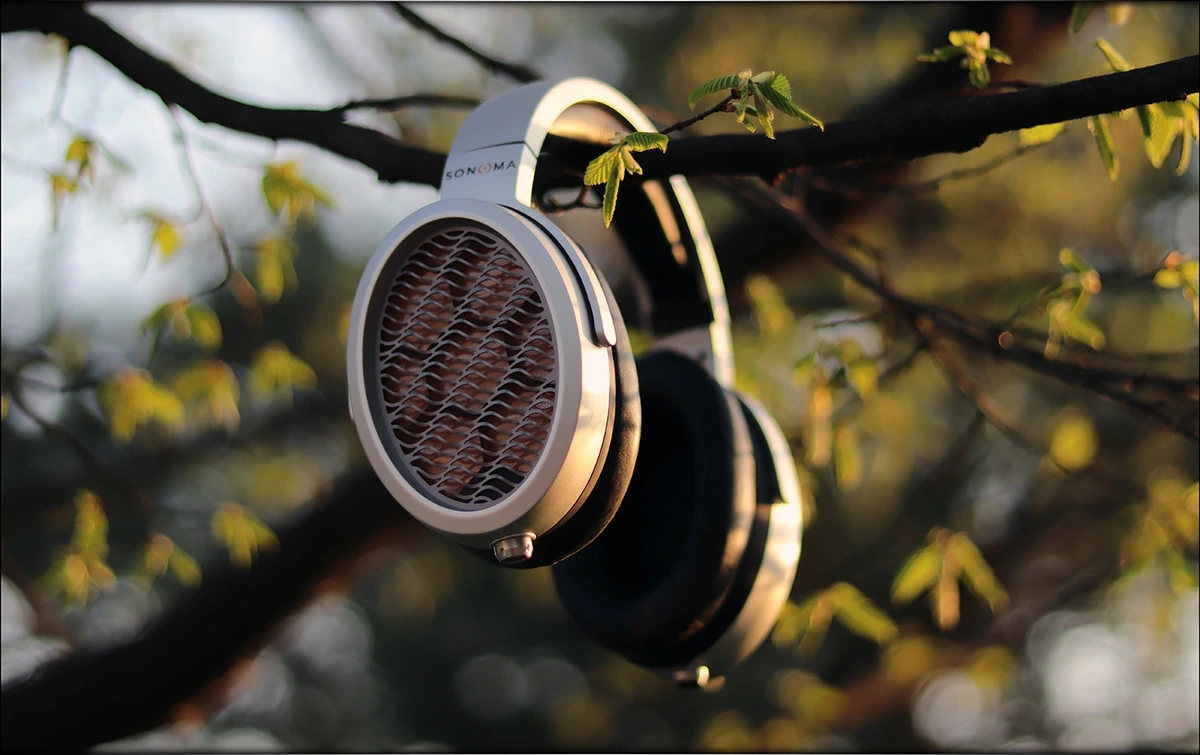
The sonic performance is interesting, and Model One is an Electrostatic headphone of its own, with more bass, a less forward midrange, and more soundstage than most Electrostatics. The impact is better too, and when I first heard Stax Flagships, I was taken away by the sheer clarity and detail, but I felt let down by the limitations in the bass and by how forward the mids were, forward enough to make me stop listening to my typical music, Sonoma Model one correcting this pretty well and providing a really clean and deep sound, with enough bass extension, and I’m talking about 30 Hz as far as the bass reach goes down low, with excellent extension up top too, which as far as I can hear, is limitless, and with great clarity, and a keen sense of dynamics combined.
Before the end of this review, I will add Sonoma Model One to Audiophile-Heaven’s Hall Of Fame, being a really interesting electrostatic system that is worth looking into, if you want the Warwick Acoustics experience, a company from UK sporting unique Electrostatic tech, and for having great clarity, despite the headphones not having quite the perfect build.
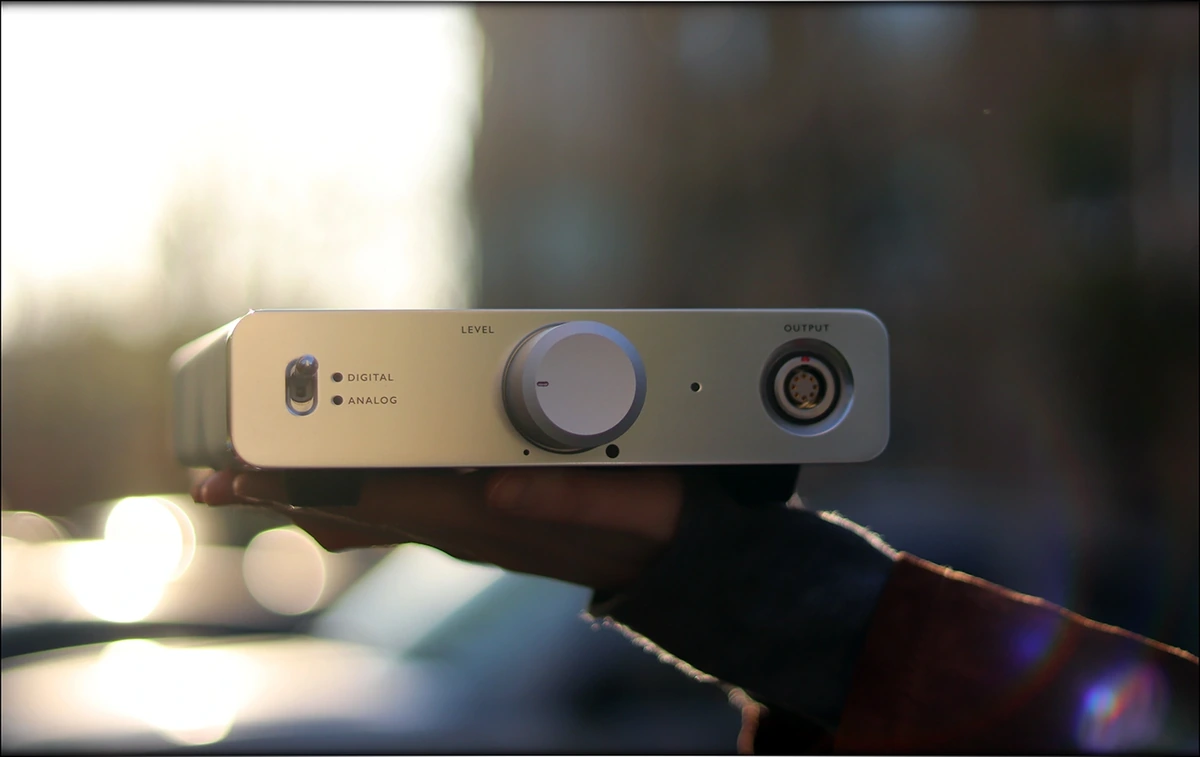
At the end of this review, if you want an all-in-one system after which you won’t want, and be unable to upgrade the DAC, the AMP or anything else, and for which every component was careful matched, if you’re looking for a final experience in Electrostatic headphones, and if you feel a bit like a philanthropist who wants to invest in the technology we have today, and in energizing the market for more development, Sonoma Model One is an interesting electrostatic system, with a lot of ups and downs, and as I explain in this review, it is a complex situation where it provides a very specific experience, which, if you’ll like, it will be really awesome.
--- Please remember to stay safe, and always have fun while listening to music!---
- If you have a dime to spare, please donate, and help us! It would make the day brighter for me and my wife-
Full Playlist used for this review
We listened to more songs than those named in this playlist, but those are excellent for identifying a sonic signature. I recommend trying most of the songs from this playlist, especially if you’re searching for new music! The playlists are different for Spotify, Tidal and Youtube, and based on the songs I enjoy and are available on each!
https://www.youtube.com/playlist?list=PL_cjBXGmwSHSdGcwuc_bKbBDGHL4QvYBu
https://open.spotify.com/playlist/5J3oloz8Riy9LxEGenOjQ0?si=979ba4f082414be7
https://tidal.com/browse/playlist/330fd544-8e5b-4839-bd35-676b2edbb3d5
--- Contact Us ---





